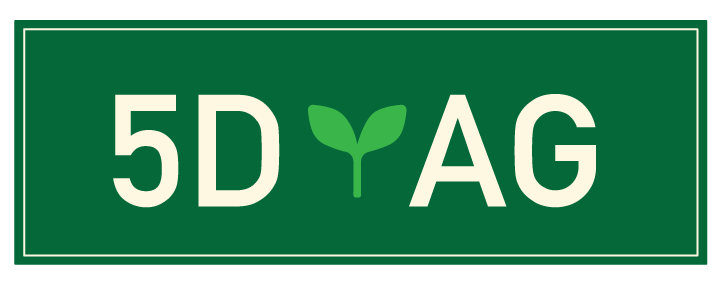Drone
DJI Argas T40 – Agricultural Drone. New to drones and so below is a quick list of Pro’s and Con’s.
Drone
DJI Argas T40 – Agricultural Drone. New to drones and so below is a quick list of Pro’s and Con’s.
pros
DJI Argas T40
- Cost is approx. $24,000 for Drone/Remote. 3 Batteries. Spray and Seed Tanks. Generator is $5,000 so its much cheaper than a large conventional sprayer.
- Learning to fly is easy with the remote joysticks and camera from drone displaying image of what the drone is seeing below it on the remote screen.
- Drone has both a spray tank and seed spreader. Easy to switch between the two.
- Field boundaries easy to setup as the remote shows GPS satellite picture you can zoom in to see corners of fields, roads, etc.
- Once field and application prescription setup, the takeoff, flight path application, and landing can all be done automatically (auto pilot basically)
- Remote shows your flight paths in the field and when your tank will be empty. So, you can let the tank empty and then the drone will hoover in place or you can pause if the tank is close to empty near where you are refilling you can send it back. The remote records where you did and once refilled it will go back automatically to where it left off (so no doubles or skips on application)
- Can apply product at up to 50’ in the air so can fly over obstacles easily.
- Ground can be wet or crops tall and canopied and applications can still be made with no tracks in the field or run down crops!
cons
DJI Argas T40
- FAA section 107 Test & Certification Section 137 paperwork. Quite a lot of studying, tests, and certification to do commercial work. Approx 100+ hours & $500
- Tank holds 10 gallons of water or 100lbs of seed so can only do 2-5 acres at a time depending on application rates.
- Batteries last 5-10 minutes with a load so need to switch out when filling the tank.
- Working alone can do approx 20 acres/hour. May not be practical for large operations.
- Running a generator almost entire time flying to charge batteries and run spray tank pumps can get annoying and should use hearing protection.
- Drone needs to be in sight of operator so hills become problematic to apply product to whole fields with steep hills/tall corn.
- Need a trailer setup for hauling drone and mixing sprays / haul seed.
- May need covers for the drone or generator during transportation as to not ding up or get equipment dirty.
- More exposure (skin & respiratory) to harmful herbicides, pesticides, or other chemical fertilizers when mixing tank and spaying.
- All seed mixes need to be calibrated by the Drone…only takes 15 minutes however.

